Art is more than just a decoration hanging on your wall — it can be an investment or something that fills you with immense joy every time you look at it. A lot of factors go into determining the value of a painting, and understanding those details — at least the basics — can help you get a great deal on one.
While most everyone knows that the works of the Old Masters have high price tags, those classics are few and far between outside an auction at Christie’s. With that in mind, it helps to know what to look for when shopping for artwork. This helpful guide from EBTH can assist you in developing a better understanding of the factors that influence a painting’s value.
While there are many variables that can impact the values of paintings, you can get started assessing the price of a painting by answering a few questions.
1. Who Was the Artist? There have been untold numbers of artists through the centuries — some quite famous, others not so much — but each artist has a story, and many lesser-known artists still have sizeable followings. To get more information, research the artist before buying and become familiar with his or her painting style and subject matter. To determine if a signature is real, there are catalogues and websites that show images of artists’ signatures and monograms, but you can also rely on authentication from trusted online sellers like EBTH.
2. How Old Is It? While not all old paintings have great value, age does increase the chance that the piece is valuable. It also helps you confirm the painting was really created by the artist whose signature is on it. If it looks fairly new and the artist passed away decades ago, it’s likely not original.
3. What Genre Is It From? There are five primary genres of art — history, portrait, landscape, still life, and scenes of everyday life (also known as genre paintings) — that are classified as abstract or representational. Comparing your desired painting against others of the same genre can often help you value it.
4. Is It Eye-Catching? While there will always be people who love unusual paintings, aesthetics can affect a painting’s value. While “strange” and “pretty” are subjective terms that don’t always apply in the art world, visual appeal is a major determining factor in value.
The Frame: In some cases, a painting’s frame is worth more than the painting or the painting and frame together are integral to the value — the frame should be included when assessing the value. Don’t remove any paintings from frames unless you’re a professional. Incorrect removal can damage them and reduce their value.
The Size: For art that isn’t the work of a famous artist, size is a common way to determine price. Check the dimensions and see what prices similarly sized paintings with similar subject matter have recently garnered at other auctions or even at decor stores.
The Provenance: If a painting has a great story about the artist, about a previous owner, or even about where it was found, this can add value. A colorful backstory can turn a simple decorative work into a conversation piece you can proudly showcase.
The Condition: Look for signs it’s been improperly displayed, like fading from hanging on a sunny wall or scratches from unprotected storage. A bit of damage doesn’t mean the painting is a bad deal, especially if it’s the work of a well-known painter or if it goes for a great price, but you should factor condition into the price you pay — you might get a better deal. Other condition factors include the canvas being restretched, artists painting over the original work, missing paint, and the presence of mold and foxing, which describes rusty, brown stains appearing on paper.
Trends in the Art Market: While the classics don’t change much, trends fluctuate and styles of paintings increase and decrease in popularity. If the style of painting you want is uptrending, expect the price to be higher based on the wave of popularity.
Knowing how to tell if a painting is authentic before you buy is a good way to protect your investment. If you’re checking the painting yourself, there are some things you can look for to determine if you’re looking at a painting or a print. If you’re shopping online, you can’t examine the textures and features of each piece. Fortunately, there are several ways trusted sellers like EBTH can verify the authenticity of a painting to give you peace of mind before you buy.
Oil Paintings: With an oil painting, it’s usually fairly easy to see the brush strokes and the texture from layers of paint or glaze. If it’s paint, there will be some unevenness and coarseness. If it’s an embossed print, the design will stand out in relief from the rest of the work.
Watercolors: Watercolors have thicker areas of paint and sometimes a bit of cockling, which is wrinkling or curving where too much water rested on the paper.
Pastels: Pastel paintings have texture that shows the dried pigment under magnification. Oil pastels have a shiny but slightly gritty look, while chalk pastels have a dusty, powdery look.
You can engage in some comparison shopping by comparing the prices that similar paintings are bringing at auctions. You can check price guides and price indexes. You can also visit online pricing sites. Ultimately, though, you should shop with a trusted site like Everything But The House, which verifies the authenticity of an art piece. When you’re buying a painting online, you don’t have the advantage of being able to inspect it to check for brush strokes — if it’s a painting that has them — or texture and the artist’s signature. This leaves you dependent on the description and reputation, which is why finding a trustworthy site is crucial.





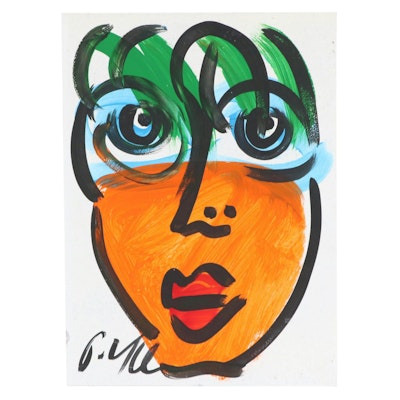
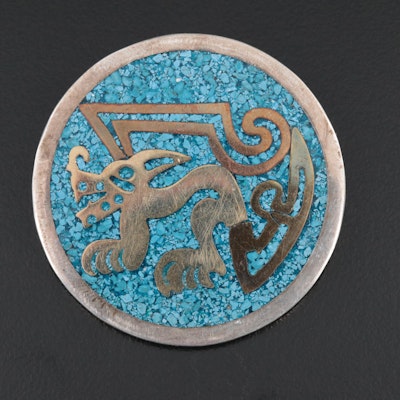
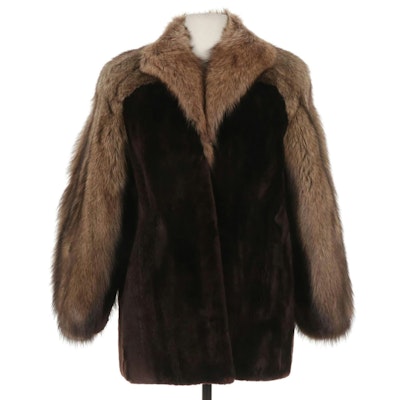
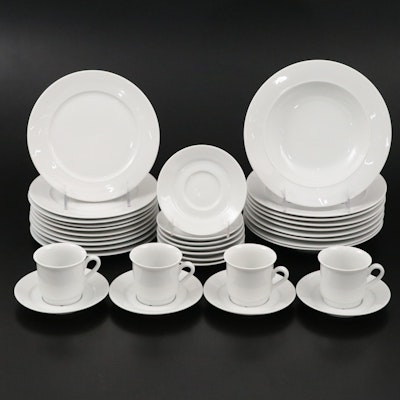





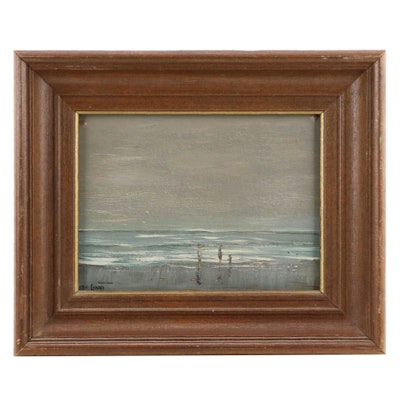
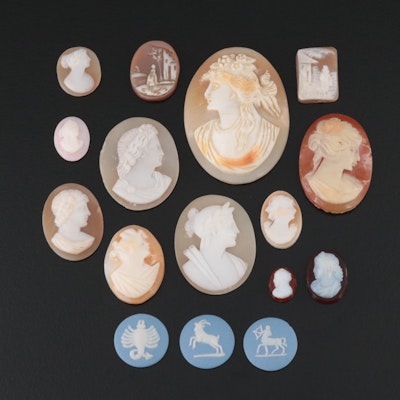
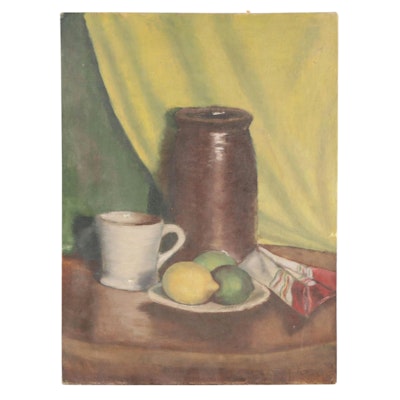


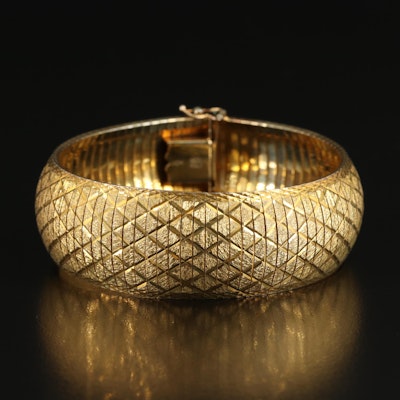

There are some amazing, one-of-a-kind items waiting to be discovered. Sign in to start bidding!
Not a member? Sign up.